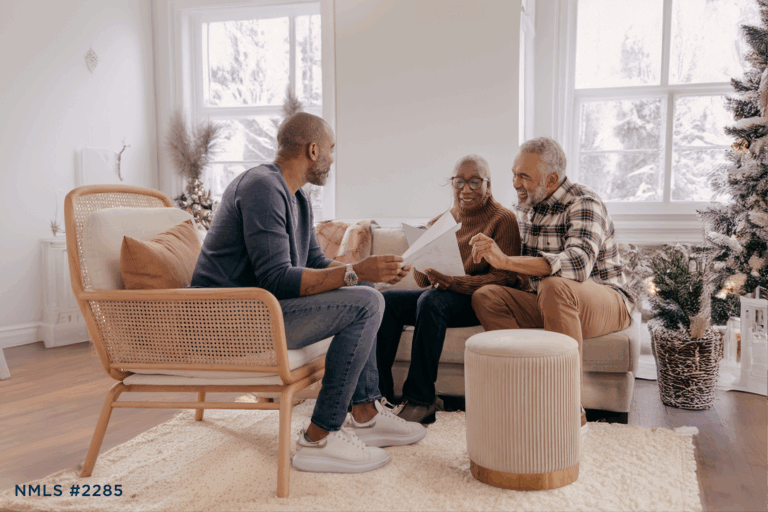[OPENING DISCLOSURE]
For reverse mortgage loans: The borrower must meet all loan obligations, including living in the property as the principal residence and paying property charges, including property taxes, fees, hazard insurance. The borrower must maintain the home. If the homeowner does not meet these loan obligations, then the loan will need to be repaid.
Can You Lose Your Home With a Reverse Mortgage?
Some homeowners worry that a reverse mortgage could cause them to lose their home. The reality is, a borrower’s responsibilities are similar to those under a traditional mortgage. The possibility of foreclosure comes from not meeting the loan requirements, just as it does with any other mortgage.
The good news is that the application process is designed to help borrowers clearly understand their responsibilities and the protections in place that reduce the chance of problems. Here’s a brief overview of what you need to know.
What Are a Reverse Mortgage Borrower’s Obligations?
While a reverse mortgage removes the burden of monthly mortgage payments, it doesn’t remove every responsibility of homeownership. To keep the loan in good standing, borrowers must:
- Live in the home as the primary residence
- Keep the home in good condition
- Stay current on property charges, including property taxes, fees, and insurance
These requirements are similar to what you’d need to do with any other type of mortgage, and as long as you meet these ongoing obligations, you continue to own your home.
What If a Borrower Defaults?
Default on a reverse mortgage happens when a borrower does not meet the loan obligations. This usually means not paying property taxes or homeowners insurance, failing to maintain the home, or no longer living in it as the primary residence.
If default occurs, the lender must call the loan due and payable. This means the loan balance must be repaid, typically through the sale of the home. Reverse mortgages are non-recourse loans, so you or your heirs will never owe more than the home is worth after it is sold, even if the loan balance is higher.
It’s important to note that default does not happen overnight. In most cases, lenders will notify borrowers and give them opportunities to correct the issue, such as catching up on overdue taxes or reinstating insurance, before the loan is called due.
Staying current with your obligations keeps your loan in good standing. And if challenges come up, communicating with your lender may prevent a small issue from becoming a bigger problem.
Protections for Reverse Mortgage Borrowers
Nobody wants borrowers to lose their homes, which is why reverse mortgages include safeguards designed to reduce risk. These protections may help ensure the loan is set up responsibly and that homeowners fully understand their obligations.
Mandatory counseling: Before the loan application can begin, borrowers must complete a mandatory counseling session with an independent, government-approved counselor. This step helps ensure borrowers understand the loan requirements, responsibilities, and long-term impact before making a decision.
Limits on first-year withdrawals: To promote financial stability, many borrowers are limited in how much they can take from their loan proceeds during the first year.
Financial assessment: Lenders are also required to review a borrower’s financial situation before approving a reverse mortgage. This includes looking at credit history, past payment of property charges, and income. If there are concerns about the borrower’s ability to keep up with taxes and insurance, the lender may require that part of the loan proceeds be set aside to cover these expenses.
It’s Up to You
Reverse mortgage foreclosures can happen, but updated program requirements and stronger safeguards have helped reduce the likelihood. In most cases, the risk of default depends on whether borrowers meet their obligations, which include living in the property as the principal residence, maintaining the home, and paying property charges, including property taxes, fees, and hazard insurance. With a clear understanding of these responsibilities, a reverse mortgage may be a safe and effective option for accessing home equity.
[CLOSING DISCLOSURES]
This article is intended for general informational and educational purposes only and should not be construed as financial or tax advice. For more information about whether a reverse mortgage may be right for you, you should consult an independent financial advisor. For tax advice, please consult a tax professional.
These materials were not provided by HUD or FHA and were not approved by FHA or any government agency.



